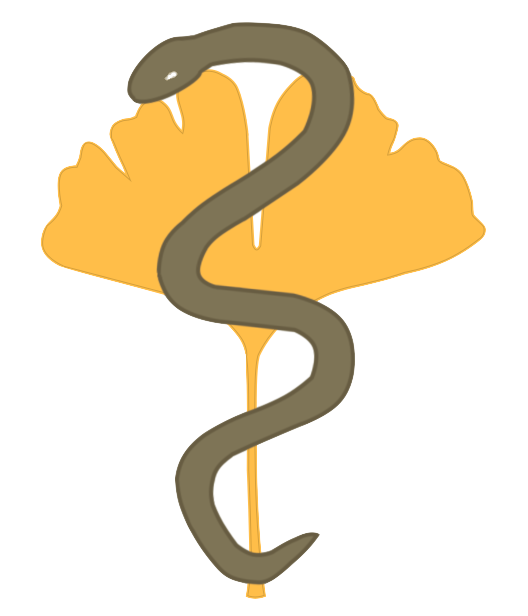On the part of humans, two different behavioral sequences are undesirable in horses:
Actions that harm the horse itself or other living creatures.
Actions that interfere with the use of the horse by humans.
Improper husbandry and lack of occupation are the main causes of such disturbances.
- Coupling
- bar biting, grid biting
- Kicking, pawing
- Weaving
- Locomotion stereotypies
- Not laying down
- Self-injurious behavior
- Shying
- Viciousness
- Tongue stretching
- Disobedience, stubbornness
Is your horse coupling or exhibiting self-injurious behavior? Where does this come from? A hair analysis helps you find the source of the problem and how you can help your horse. Order a horse hair analysis now.
Coupling
The horse swallows air with or without noise while pulling back the larynx. Typically, the upper incisors are placed on horizontal parts of stable equipment or paddock. Occasionally, this also occurs without the incisors being placed on top. As a result, gas can accumulate in the stomach and intestines, and in unfavorable cases even cause colic. Finally, the incisors can be damaged.
Kicking, pawing
Horses in individual stalls hit or scratch at the side walls. This can cause damage to the extremities. Causes can be the beginning of feeding, movement of stable mates or begging postures. The remedy is found in education work and rubber floor with bedding.
Weaving
The horse stands with its front legs spread and sways its head and neck. A horse can be observed either keeping its front legs on the ground or lifting them one after the other. Lifting is probably a substitute action for lack of locomotion. Weaving in horses, for example, does not occur in group and pasture housing.
Finally, hormone status may have an influence on this type of misbehavior. Stud stallions, for example, which can get into great stress due to less than optimal husbandry conditions (species-appropriate husbandry), try to relieve themselves by weaving.
Locomotion stereotypes
The causes of this behavioral disorder are the same as those of weaving. Although the term “stall running” is also commonly used for this disorder, this can also occur in individual horses kept in the exercise area. However, it is always associated with too little activity or no contact with conspecifics.
Self-injurious behavior
Automutilation is the technical term for this behavioral disorder. A stallion with a particularly strong sex drive is often affected. Other reasons may be that it is kept in isolation, not kept busy enough or used too rarely for mating. As a result, the horses bite themselves, especially in the chest. The keeping conditions must be checked or optimized in the first place. A species-appropriate husbandry is a necessity to avoid this behavioral disorder as good as possible. Natural remedies can supportively help to balance the state of mind.
Viciousness
Biting, kicking or pushing against the wall, etc. is always a harm-avoiding reaction. The cause is incorrect handling of the horse. There are also horses with an inborn disposition (physical or psychological condition), which leads to reacting viciously when they are handled incorrectly. Often horses that have good dispositions in the sense of high performance are affected. Horses are more sensitive to human misbehavior than average horses. Such behavior must never be tried to be stopped by punishment.
Tongue stretching
This disorder can be observed when the jaw is used incorrectly during training or usage. The horse tries to resist its treatment. In exceptional cases, anatomical malformations may also be the cause.
Disobedience, stubbornness
Healthy horses, which try to resist when in a specific mood or even permanently, want to avoid damage. The reason is that a trainer or the user didn’t recognize this at an early stage and stopped it. There are three different categories to consider:
- Disobedience during loading and transport, refusal to be tied, head shyness, resisting being shod (in general).
- Disobedience during individual riding, saddle constraint and riding activity (during riding).
- Resistance to the application of the crupper, rope beating, leash gnawing, insufficient tensile strength, laziness, going through (when riding).
As a therapy, especially the fit of saddle and harness should be checked. Observing the owner while putting on the saddle and harness could possibly reveal deficiencies.
